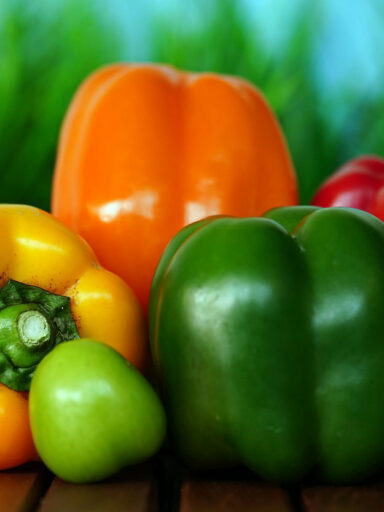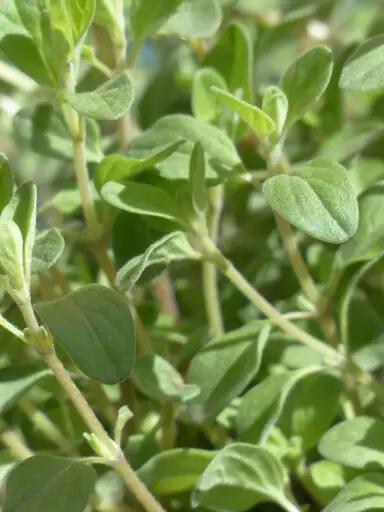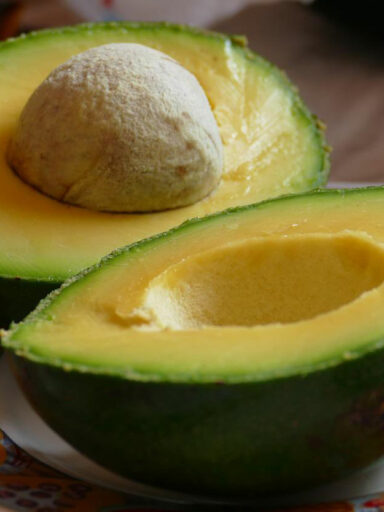Celery is a strongly flavored plant that has been cultivated and eaten as a vegetable for centuries. This highly aromatic plant blurs the lines between the distinctions of what a vegetable, herb, and spice are.
It is a small biennial herbaceous plant. It originated in Europe and can be grown easily as a potherb in the home garden. It is usually cultivated for its flavorful leaves, shoots, roots, and seeds. Depending on the use it can be used as a vegetable, herb, or spice based on the distinctions of those terms.
The plant grows to be about 1 m (3.3 ft) tall in the wild and when cultivated reaches about half a meter in height. The plant requires rich, fertile, and moist solid too in order to do well.
Celery in the Kitchen
Celery is usually eaten as a vegetable. The stalks are the preferred part of the plant. They can be sliced or diced and eaten as an integral part of stews, salads, and vegetable dishes. The leaves of this vegetable can be added to base stocks and used as a flavoring herb to impart flavor to soups and sauces as well as meat and poultry dishes and fish sauces.
The plant is also an important part of a Mirepoix which is a combination of one part carrot, two parts onion, and one part celery. The mirepoix is used to flavor soup and sauce preparations.
The four main types of this plant include wild celery, which is the parent of the cultivated celery. Then we have leaf celery, celeriac, or knob celery. There is also Chinese celery or oriental celery which differs in that it has thin, hollow, succulent stalks and carries a more intense flavor than the continental variety.
Finally, we have the celery seeds which are commonly used as a spice. They resemble rice in the husks or cumin seeds and are dark brown in color. They are oblong in shape with vertical ridges. The seeds of this herbaceous plant can also be ground with salt to produce celery salt which can be purchased in stores.
The seeds can be purchased dried whole or ground into powder. Generally, it is sold whole and fresh. Fresh plants are usually vibrant, firm, and gloss. plants that are stale usually appear slumped and cannot hold their own weight. The plants can be stored for about a week in a refrigerator.
Nutritional Details
Celery contains 16 calories per 100 g. Its leaves contain Vitamin A beta-carotene. It is a great source of vitamin K and also contains vitamin B1 (thiamin), vitamin B2 (Riboflavin), vitamin B3 (niacin), and vitamin B6 (pyridoxine). It also contains folates, vitamin C, and vitamin E.
Minerals present in this vegetable include calcium, iron, magnesium, potassium, phosphorous, and sodium.



